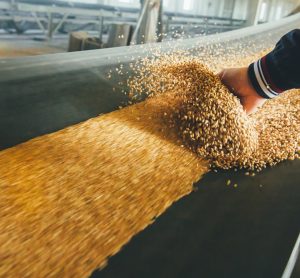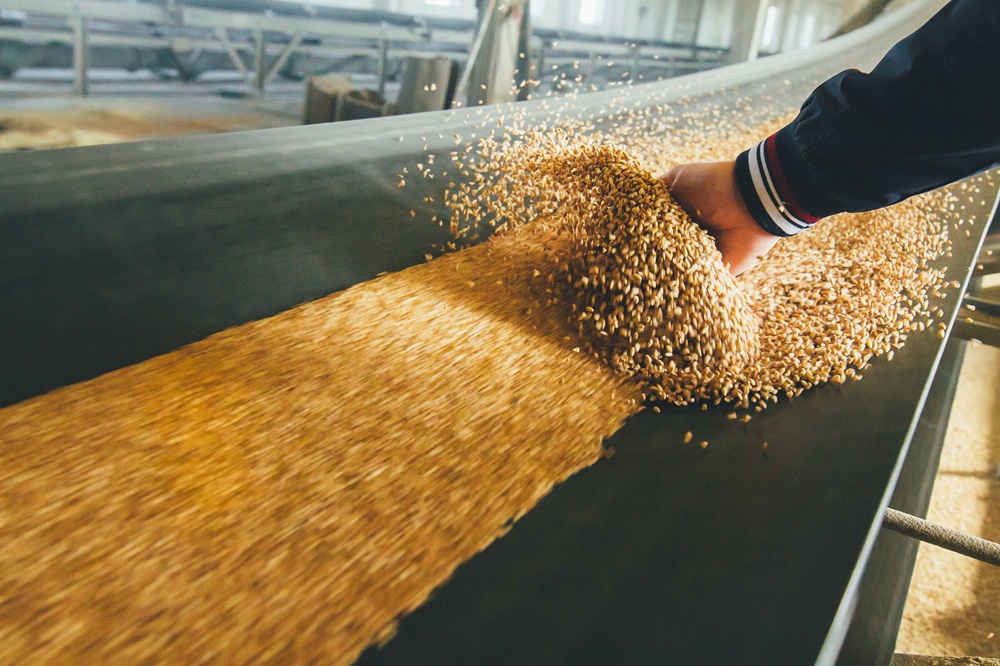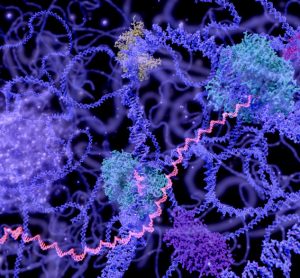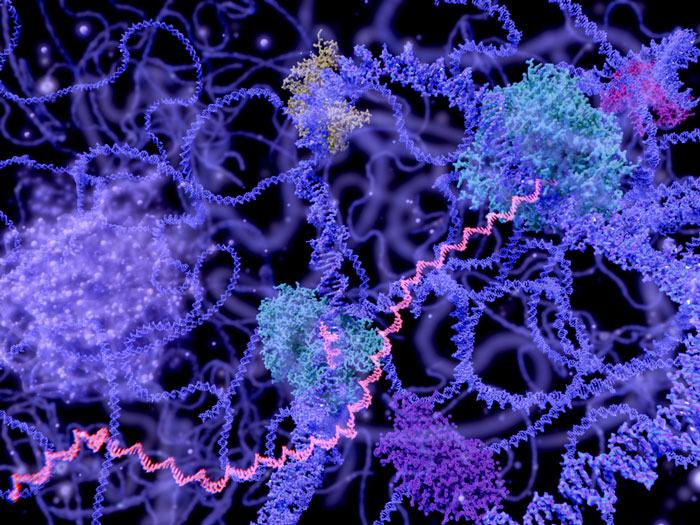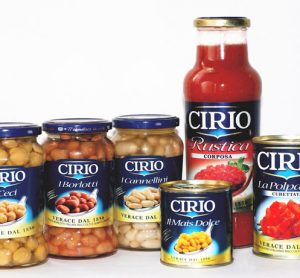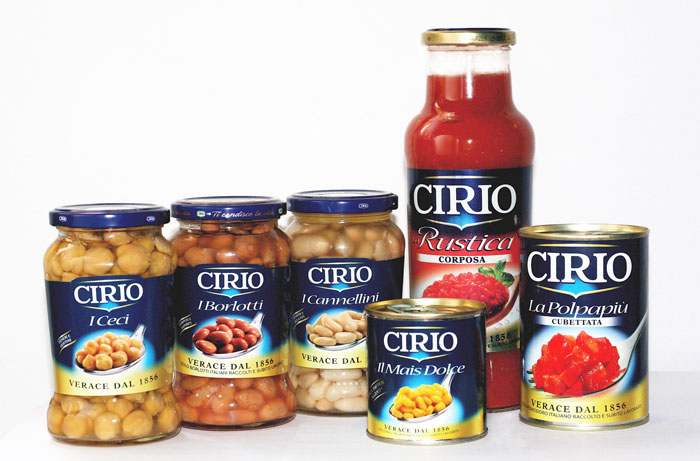7 things to consider when improving moisture control in food production
Accurate moisture control is vital in food production to maintain quality, safety, and energy efficiency - and in the food and beverage industry, moisture sensors aren't just useful, they're essential.



